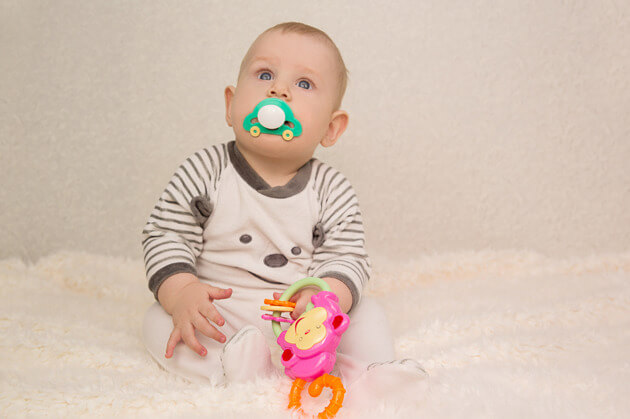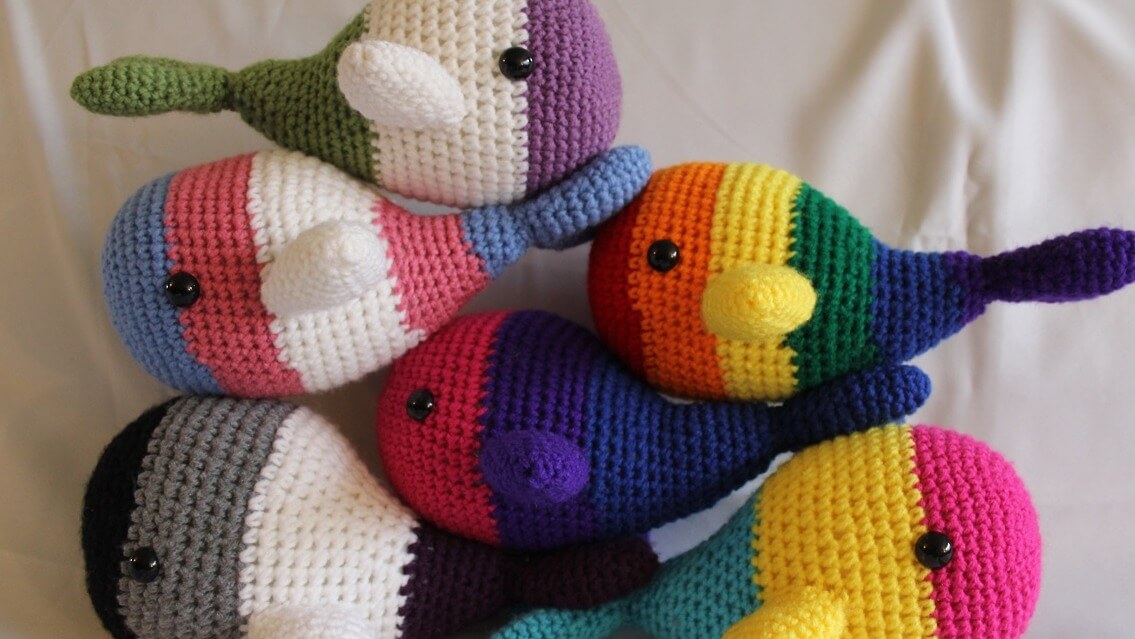How to Stimulate Your Child's Visual Development

For little babies, everything is a new discovery. Stimulating a baby’s vision is a beautiful task that will open his eyes to a life full of experiences and excitement.
In newborns, smell and touch are the most developed senses. Sight, however, is limited. Your child can perceive the world around him. But he has a hard time focusing on a single object in his visual field.
Until two years of age, stimulating your baby’s vision can be an exciting challenge. Colors will be your best ally.
Your child is just beginning to discover the world outside your womb. Conquering that world will be easier if you stimulate his vision from an early age. The younger your child is, the higher the possibility of achieving rapid progress.
When a baby starts to distinguish shapes, his visual perception increases. This will be fundamental once he starts school. Parents should stimulate the child’s ability to recognize objects and daily situations with increasing speed.
The first and best visual stimulant for your baby is his mother’s face. A baby never gets tired of crossing glances with his mom.
Position yourself at about 12 inches from your child’s face. During the first months of life, at this distance, he has the capacity to focus on your features.
At the same time, he’ll enjoy the tender and silly things you say to him as you look into his eyes. This simple activity is an enjoyable experience for small babies, and will motivate them to look for mommy always.

Voices, glances, and the mother-child bond
A newborn associates his mother’s face with her voice, touch, her caresses with security and with satisfying his hunger.
Experts suggest maintaining eye contact while breastfeeding, bathing, and playing with your baby. When a baby looks at his mom and touches her, the emotional connection is strengthened.
Focusing their vision on a fixed object is a milestone that babies reach after 6 weeks of life. They can follow moving objects with their eyes, perceive lights, shadows, contrasts and shapes.
Baby rattles that are red, or that have contrasting colors, are helpful in stimulating your 3 month old. They catch your child’s attention and help him relate sight to sound.
Furthermore, you will be motivating your child to search for the source of sounds. As you shake the rattle and move it around, your little one will follow it with his eyes.
At this age, babies prefer objects of different sizes and with elaborate designs.
You can also stimulate your baby’s vision with lights that he will try to follow. The lights will also cause your child’s pupils to contract, and indicate that everything is okay.
Allowing your child to stare at his hands and discover how they move is incredibly important. Soon he will try to grab objects and will begin to become aware of his own body. This is the beginning of hand-eye coordination.

Toys and stuffed animals
Move a different stuffed animal in each hand while you speak to your baby, alternating the movements between one and the other. This will attract your baby’s attention towards whichever animal is moving.
It will also stimulate your baby’s vision and begin the process of learning conversation.
Brightly colored mobiles with toys of different shapes hanging down are a great way to stimulate your child’s vision. They help your child practice coordination, as he will look at the toys and try to reach them.
Another great ally in the task of visual stimulation are colorful foods that your child can grasp with his fingers. As your child takes the food to his mouth, he will further develop his hand-eye coordination and increase the integration of the 5 senses.
Photographs and other activities
Showing your baby family photos is an excellent visual exercise. At 8 months, your little one can not only recognize faces, but he can remember loved ones as well.
Taking your child to the park or the beach so he can observe different landscapes is also a beneficial activity. You can show him specific objects, too, like leaves, rocks, cars or animals.
This will increase your child’s visual capacity. If you speak to your baby about what he is seeing, you will be stimulating other abilities at the same time.
Little by little, your baby will start to recognize and differentiate objects. He will search for them with his eyes and become more conscious of the world around him.
He will focus his vision on smaller and smaller things, and begin to perceive depth. He will also develop the ability to follow faster moving objects.
As you continue to stimulate your baby’s visual development, he will be able to differentiate between objects that are close or far away.
All of this knowledge will help your little one handle new situations. Another success in the beautiful experience of learning to live.
This text is provided for informational purposes only and does not replace consultation with a professional. If in doubt, consult your specialist.








